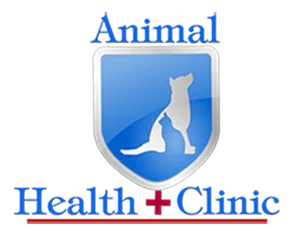There’s nothing fun about getting a slobbery wet kiss from a dog or a cat with bad breath! Bad breath, also known as halitosis, is generally caused by excessive build-up of odor -producing bacteria inside your pet’s mouth, lungs, or even gut. While most cases of bad breath can be traced back to poor oral hygiene, in some cases, bad breath could be symptomatic of a more serious health problem.
Treating bad breath starts by identifying the cause and taking steps to correct the underlying problem. Other than dental disease, causes of bad breath are oral tumors, tonsillitis, or foreign material in the mouth or voice box area. Even systemic diseases like kidney disease and diabetes can cause a change in the odor of the breath.
However, bad breath in dogs and cats is most commonly linked to the build up of bacteria in the mouth due to poor oral hygiene. In fact, bad breath is the most common warning sign of dental disease. Periodontal disease starts out as plaque. Plaque is a biofilm that contains bacteria which causes gingivitis. Over time, plaque hardens, forming a substance known as tartar. Plaque and tartar lead to swollen, inflamed gums, along with bad breath.
Abscessed teeth are also common in dogs. These can result from bad periodontal disease, or from a fractured or worn tooth that allows bacteria to move up the canal in the middle of the tooth to the tip where it causes an abscess to form. These abscesses can also cause bad breath.
The best cure for bad breath is to prevent it before it happens. In order to best keep your pet’s breath under control, schedule a yearly dental check-up with your pet’s veterinarian. Veterinary organizations recommend annual dental exams and cleanings for pets.
Additionally, veterinary dentists recommend that pet owners brush their pet’s teeth on a daily basis. Brushing teeth is the best way to cut back on tartar buildup and help control bad breath.
Finally, give your pets access to safe chew toys. Chew toys not only help reduce your pet’s stress level and eliminate boredom, but these toys can help to reduce tartar buildup. Be sure to use a chew toy approved by the Veterinary Oral Health Council (VOHC). Chew toys that are too soft are a danger because pieces may be swallowed causing an obstruction. Chew toys that are too hard, such as nylon, bones, and antlers break teeth. Rope toys can cause threads to get caught between the teeth.
Source:
American Animal Hospital Association, “AAHA Dental Care Guidelines for Dogs and Cats.” 2014.
